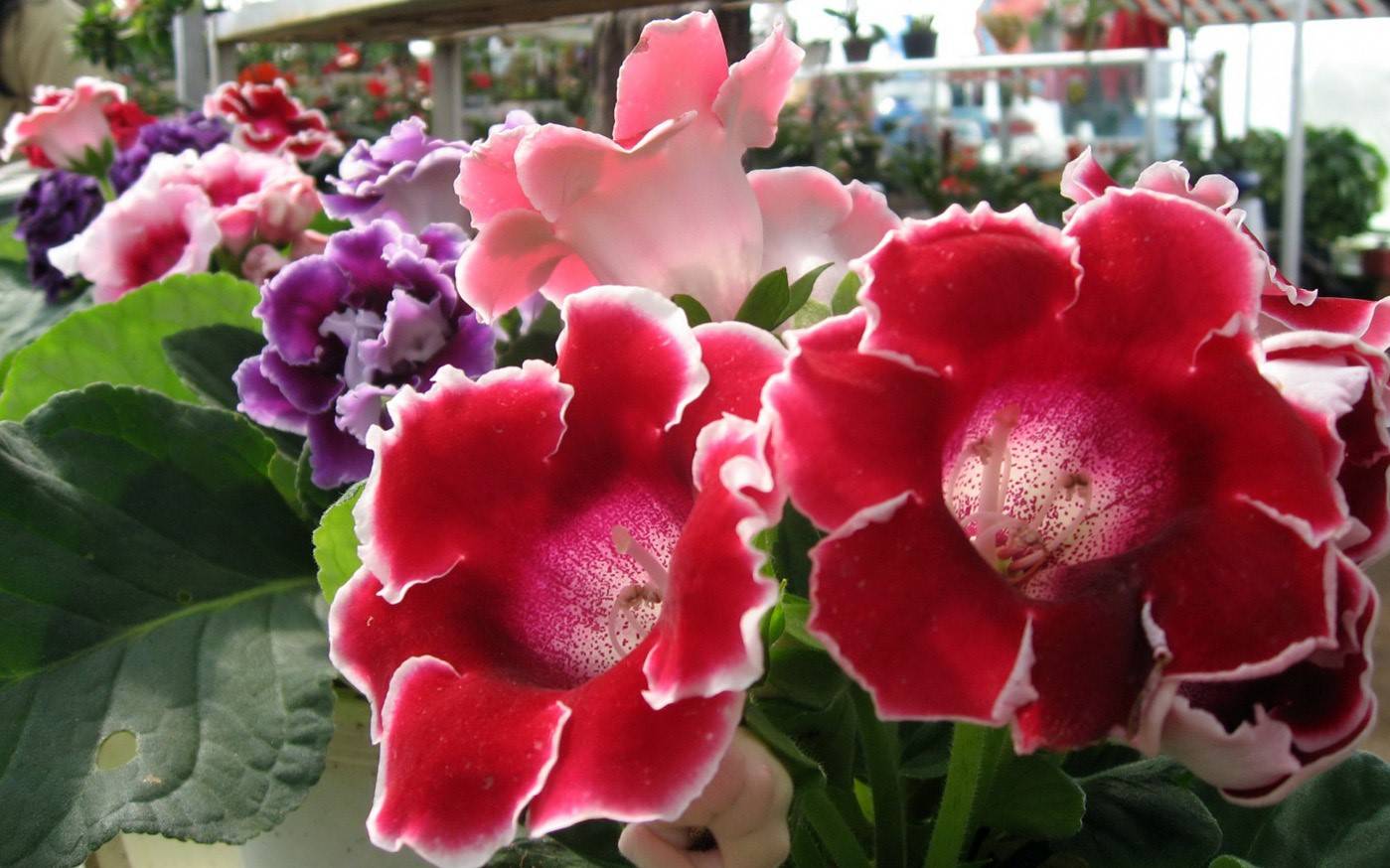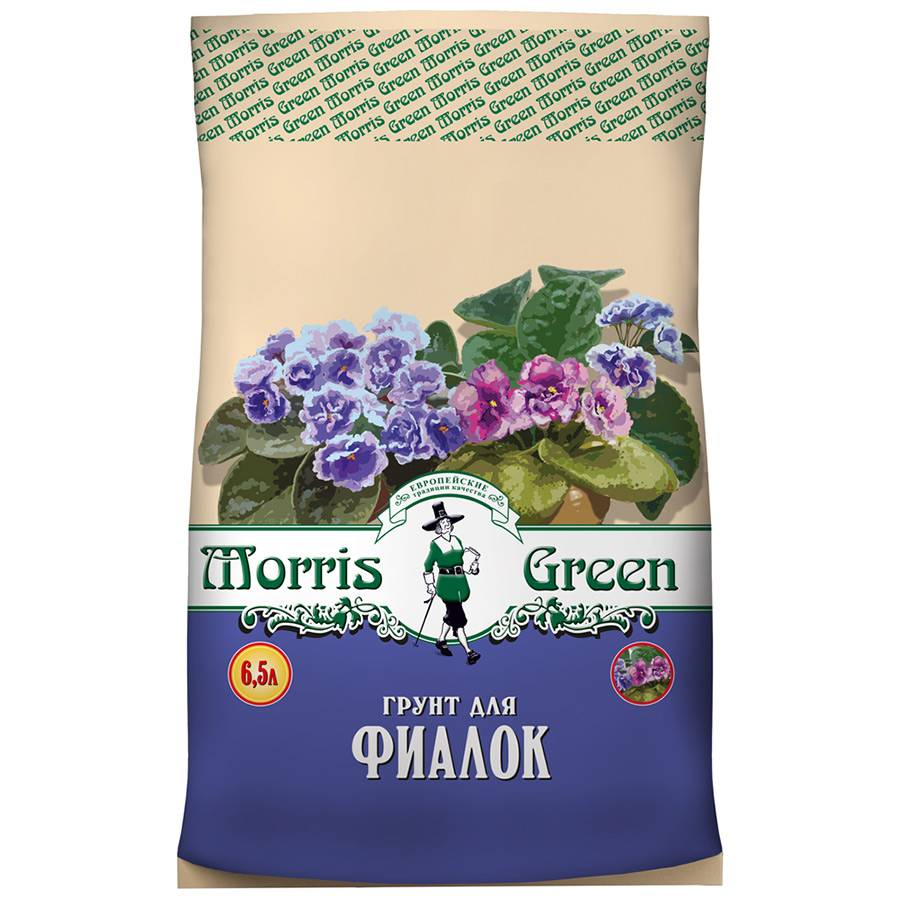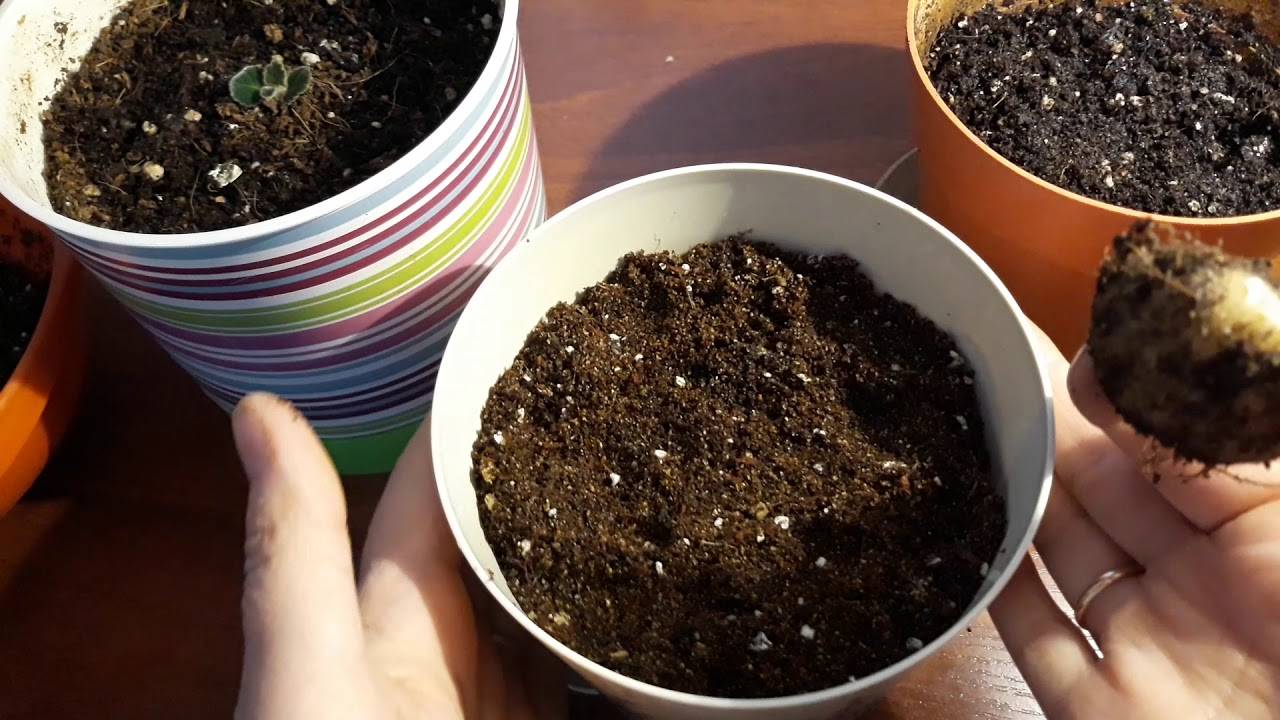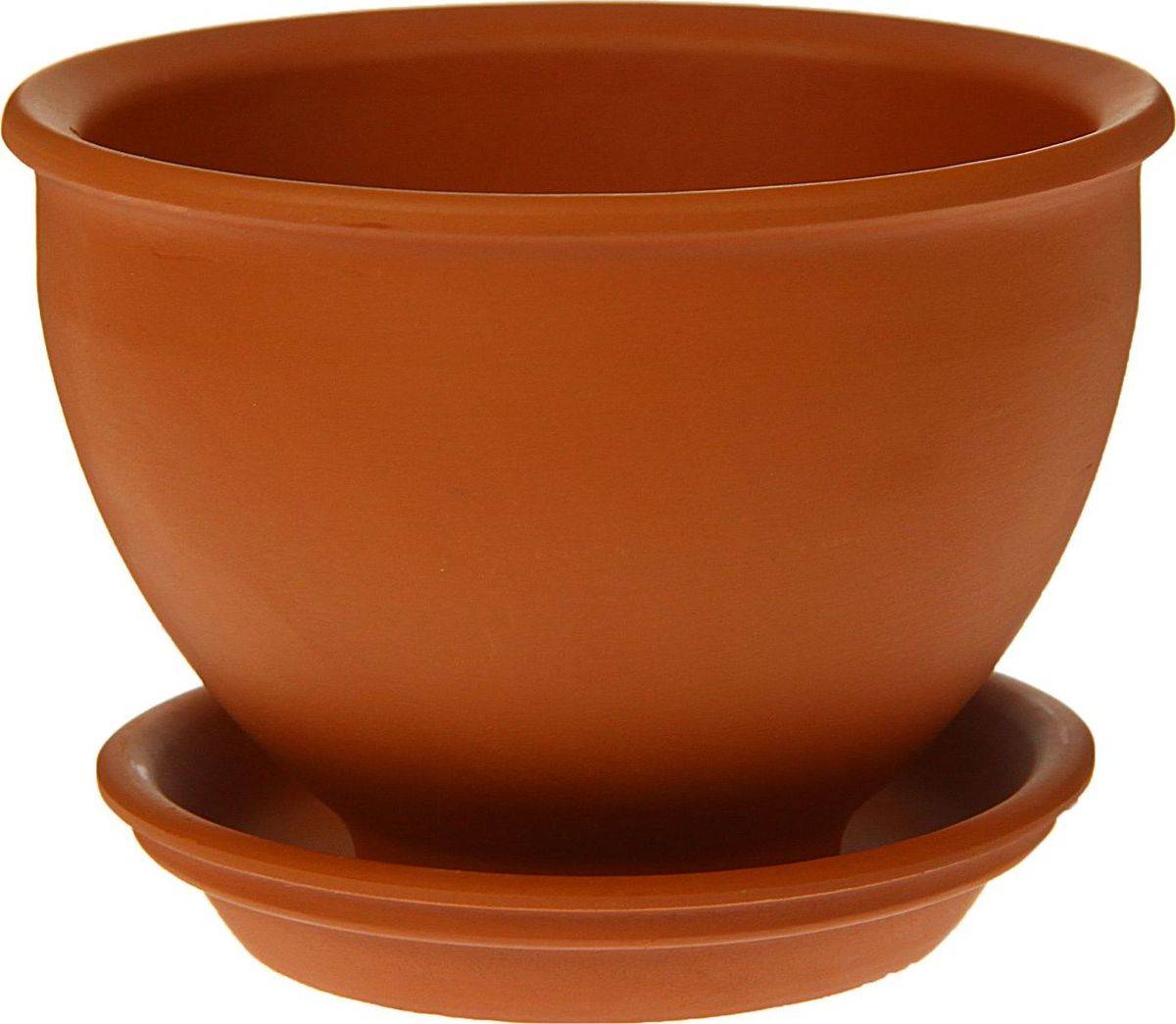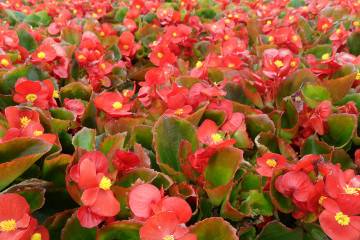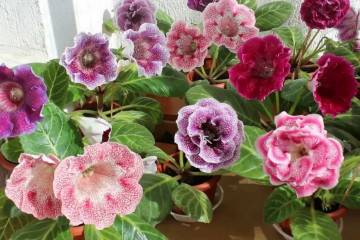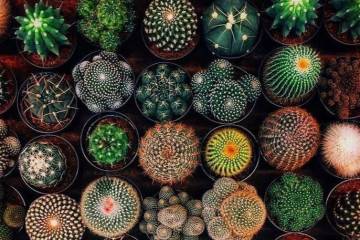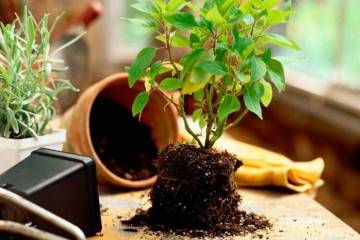Soil for gloxinia - which soil is suitable for a flower
Content:
One of the most common questions among gardeners who bred synningia is what kind of land is needed for gloxinia. Indeed, the further development of culture will depend on the correctness of the planting and the selected soil.
Ground requirements
For the full growth and development of a flower, the land for gloxinia must be prepared independently, taking into account all the requirements, or it must be purchased ready-made. Primary requirements:
- breathability;
- looseness;
- hygroscopicity;
- softness.
Another of the main conditions for keeping a houseplant is the presence of peat and a mineral complex of fertilizers in the ground.
Soil composition
Soil for gloxinia should have a rich biochemical composition, deciduous and peaty soil, sand are integral components. For looseness, sawdust is also a necessary element. They play the role of not only a baking powder, but also feed the soil well.
Optimum indicators of soil acidity range from 5.5 to 6.5 pH. If these figures are higher, then the plant will die. To lower these indicators, dolomite flour is used, which is essentially ordinary limestone, crushed to the state of flour.
Soil composition options for gloxinia
Gloxinia are quite demanding on the composition and structure of the soil, therefore, it is still better for novice growers to give preference to ready-made mixtures, the composition of which was developed specifically for this ornamental plant. Mixtures "Saintpaulia", "Begonia" and "Violet" are very popular. The main component is peat.
Preparing soil at home
The soil for gloxinia can be prepared by a florist at home on their own. It is not at all necessary to purchase ready-made formulations in specialized stores. To prepare the soil mixture yourself, you will need the following ingredients:
- leaf humus (2 parts);
- gray river sand for drainage (1 part);
- peat (1 part);
- meadow chernozem (2 parts).
Disinfection of the earth before planting a flower
Having found out which soil is suitable for gloxinia, you need to familiarize yourself with the basic principles of soil disinfection before planting a flower.
Soil disinfection methods:
- steaming in a water bath;
- calcination (the soil is kept in the oven for 10-20 minutes);
- freezing (repeat twice);
- using fungicidal compounds.
Pot selection
An integral part of plant care is transplanting as the tubers grow.If the size of the tubers is still miniature, then you can even use ordinary plastic cups. For medium-sized flowers, it is recommended to use a container with a diameter of 7-11 cm, for adults - 10-15 cm. It is important that the pots are reasonably deep and wide. Plastic and clay pots will do, but growers are more likely to recommend the first option.
Gloxinia fell in love with flower growers for their excellent decorative qualities, but in order to contemplate the lush flowering, it is important to know about all the agrotechnical features of this variety.
